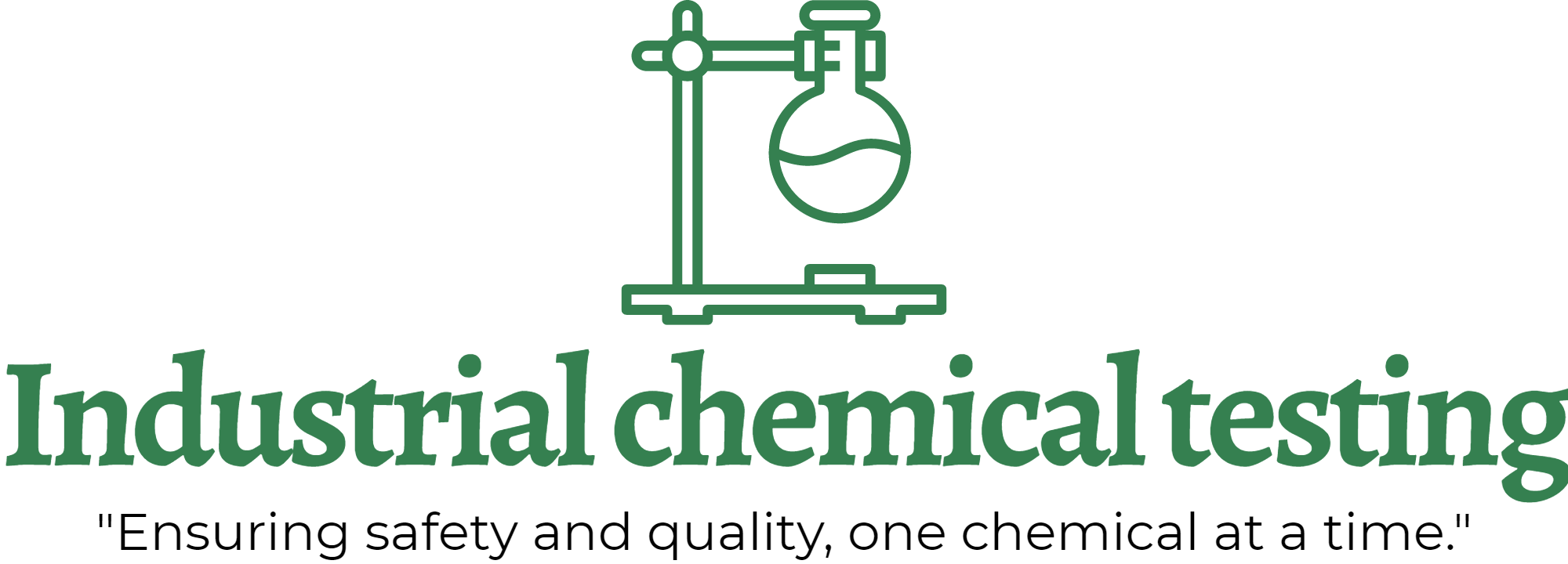SOP for Determination of Conductivity
Principle
Direct determination, using an appropriate instrument, of the electrical conductivity of aqueous solution. The electrical conductivity is measure of the current conducted by ions present in the water and depends on
a) The concentration of the ions
b) The nature of the ions
c) The temperature of the solution
d) The viscosity of the solution
Pure water as a result of its own dissociation has an electrical conductivity at 25°C of 5.483µS/m (0.005483mS/m).
Interference
The measured values of the electrical conductivity can be affected by contamination of the sample within the cell. The presence of gross suspended matter, grease or oil can cause fouling of the electrodes.
Interference may result from air bubbles collecting on the electrodes when warming the sample to 25°C.
Reagents
During the analysis, unless otherwise stated, use only reagents of recognized analytical grade.
- Water for preparing solution and dilutions. Double distilled or de-ionized water, the electrical conductivity shall be y25 <0.1mS/m.
- Potassium chloride standard solution A.
c(KCL)= 0.1mol/l.
Dry a few grams of potassium chloride at 105°C for 2h, and dissolve 7.456g in water.
Dilute to 1000ml.
The conductivity of this solution at 25°C, y25, is 1290ms/m.
- Potassium chloride standard solution B. c(KCl)= 0.01mol/l.
Dilute 100ml of solution A with water to 1000ml.
The conductivity of this solution at 25°C,y25, is 141 mS/m.
- Potassium chloride standard solution C.
C(Kcl) = 0.001 mol/l.
Dilute 100ml of solution B with water 1000 ml. immediately before preparing this solution the water shall be freed from carbon dioxide by purging with pure nitrogen or by boiling. During work with these solutions any contact with the atmosphere shall be minimized. Prepare this solution shortly before use.
The conductivity of this solution at 25°C, y25, is 14.7mS/m.
Apparatus
Conductivity Meter, Beaker
Procedure
Conductivity measurement rinse electrode cell with distilled water and after rinse cell with one or more portion of sample and temperature of a sample portion to 25 0.1°C measure sample conductivity directly on conductivity meter.
Calculation
The result is read directly from the instrument and shall be expressed with reference IS Standard.
Safety Guideline
Proper safety & health precaution are taken while doing the analysis by using safety goggles, apron, safety shoes & using fume chamber for fume generating chemicals.
Reference
IS 3025 Part-14 2013 RA: 2019 and Manufacturer Manual
